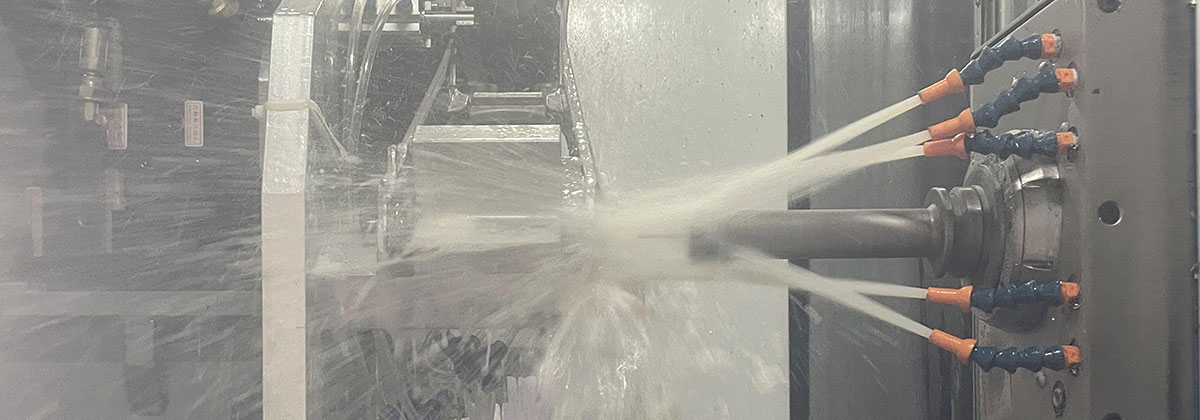Introduction
Aluminum casting molds play a pivotal role in the efficient production of metal components. Aluminum casting is a versatile and widely used manufacturing process that allows for the creation of complex shapes and structures. The success of this process largely depends on the quality and precision of the molds used. This article aims to explore the key components of aluminum casting molds and their significance in achieving efficient metal production.
Importance of High-Quality Aluminum Casting Molds
High-quality aluminum casting molds are essential for achieving efficient metal production. These molds are responsible for shaping the molten metal into the desired form. A well-designed mold ensures that the metal cools uniformly and solidifies without defects. Defects, such as porosity, shrinkage, and cracks, can compromise the structural integrity and functionality of the final product. Therefore, investing in high-quality aluminum casting molds is crucial for ensuring consistent and reliable metal production.
Design Considerations for Aluminum Casting Molds
Designing aluminum casting molds requires careful consideration of various factors to achieve optimal results. One of the primary considerations is the selection of mold materials. Different materials, such as steel, graphite, and ceramic, have specific properties that can influence the casting process. The choice of material depends on factors like the desired surface finish, production volume, and the type of metal being cast.
Another important design consideration is the mold\’s geometry. The mold must be designed to facilitate proper filling and solidification of the molten metal. Factors such as the location and size of the gates, runners, and risers need to be carefully determined to ensure a smooth and efficient casting process. Additionally, the mold should allow for the easy removal of the finished product without causing any damage or distortion.
Components of Aluminum Casting Molds
Aluminum casting molds consist of several key components, each serving a specific purpose in the casting process. These components include:
1. Cavity: The cavity is the void within the mold that determines the final shape and dimensions of the casted product. It is created by the core and cavity inserts, which define the internal and external features of the casting.
2. Cores: Cores are used to create internal cavities and complex features in the casting. They are typically made of sand or metal and are placed within the mold to shape the desired internal structure of the product. Cores can be removed after the casting process is complete.
3. Die Inserts: Die inserts are used in permanent mold casting, where the mold is made of metal and can be reused multiple times. These inserts are placed within the mold to create specific features and details in the casting.

4. Cooling Channels: Cooling channels are built into the mold to regulate the temperature during the casting process. Proper cooling is essential to prevent defects and ensure uniform solidification of the molten metal. The design and placement of cooling channels are crucial to achieve efficient heat transfer.
Conclusion
Aluminum casting molds are vital components in the efficient production of metal components. Their quality and design significantly impact the final product\’s integrity and functionality. Key considerations, such as mold material selection and geometry, must be taken into account during the mold design process. Components like the cavity, cores, die inserts, and cooling channels all play a crucial role in shaping the molten metal and ensuring a successful casting process. By investing in high-quality aluminum casting molds and optimizing their design, manufacturers can achieve efficient metal production and ultimately deliver superior products to their customers.
-

- Персонализирани леярски продукти, високопрецизни части за леене под налягане за интегрирана рамка за електронни велосипеди
-

- Персонализирани леярски продукти Компоненти за електронни велосипеди Колела от магнезиева сплав
-

- Популярен детски спортен велосипед Висококачествен детски балансиращ велосипед Детски велосипед
-

- Части и компоненти за леене под налягане от магнезиева сплав за електрически велосипеди
-

- Electric Bicycle Magnesium Alloy 12 inch Integrated Wheel 36v10ah Electric Moped
-

- Магнезиеви тиксоформовани части, капак на корпуса на лаптопа B

 0086-750-5616188
0086-750-5616188 +86 13392089688
+86 13392089688 sales@zhongmei-tech.com
sales@zhongmei-tech.com







